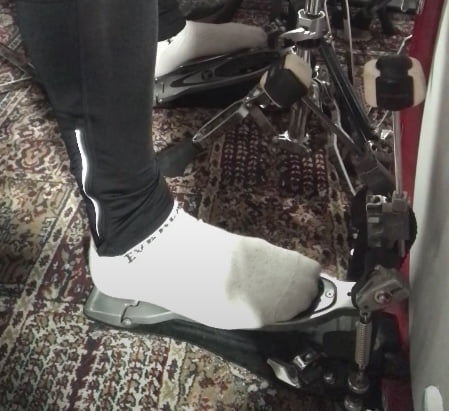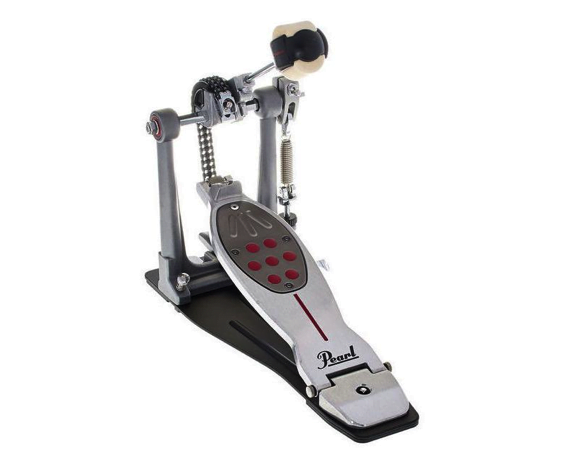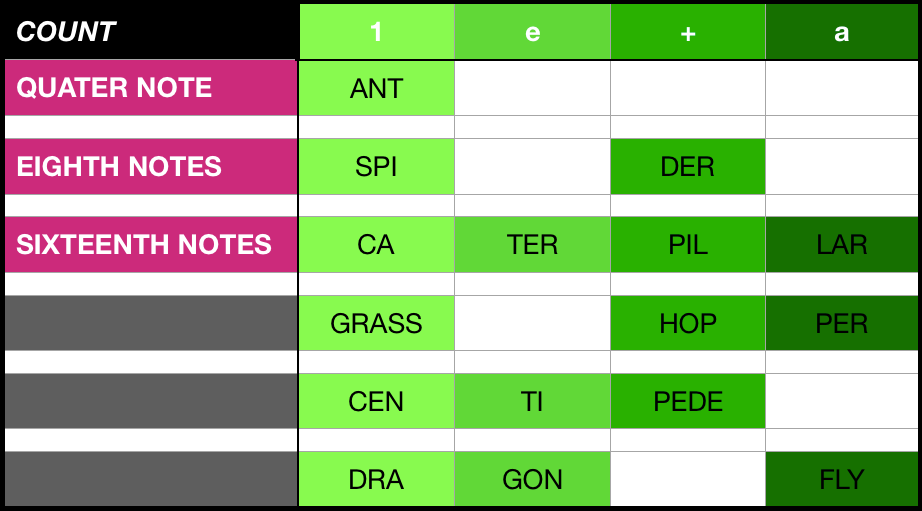
Heel Toe Technique: Pro tips
Here’s a quick drum lesson about with pro tips to help you nail the Heel Toe technique! It’s not as tricky as you think it is, and once you get it you can’t unlearn it, so let’s dive straight into it.
WHAT IS THE HEEL TOE TECHNIQUE?
It’s a technique that helps us play two (or more) quick consecutive bass drum strokes in what’s, pretty much, one smooth motion. As its name suggests, it involves using our bass drum foot’s heel to generate the first stroke, and then the ball of our foot / toes to generate the second one. Due to its nature, it’s mainly intended to be used at faster tempos.
Of course, there are other techniques to get quick consecutive strokes, such as the slide technique, or the swivel technique. But this lesson focuses only the heel toe technique!
WHAT ARE ITS MISCONCEPTIONS?
The Heel Toe technique can be achieved on most, if not all, bass drum pedals. Whether they’re single or double chain, long boards, etc… As long as we’re applying the basic principles to achieve it, it should work on pretty much everything.
The technique works on most pedals, although it will probably be easier and smoother to perform on nicer pedals. If you’re looking to upgrade pedals, check out the big manufacturers’ websites, and go check ’em out in stores! The big companies make very nice and smooth pedals, even their basic / budget models are great.
THE COMMON PITFALL & TIPS
Things to consider when learning the Heel Toe technique is that everyone’s slightly different in their anatomy and motion, but the principles applied are exactly the same. Playing a relaxed stroke is probably the most difficult thing about it. Once you get over that hurdle, it’s pretty much smooth sailing from there!
Watch the video below! It’s totally low production value, but it’s got some useful tips on how to approach and nail the technique’s motion. Enjoy it! 🙂
EXERCISES PDF
To help you practice the technique and apply the tips from the video above, I’ve put together a PDF with some useful exercises. These will help you develop some initial dexterity and coordination. You can also download the Heel Toe technique PDF below.
DOWNLOAD THE LESSON PDF HERE
LEARN MORE
If you want to learn more about the Heel Toe or some one-to-one lessons to help you troubleshoot or nail it, check out my drum lessons and get in touch! You can also check out my drum tuition book Concepts to help you create your own awesome grooves and fills!

Check out my book Concepts to help you come up with cool new grooves and fills with really simple ideas!
Thanks and enjoy! 🙂
Nick























